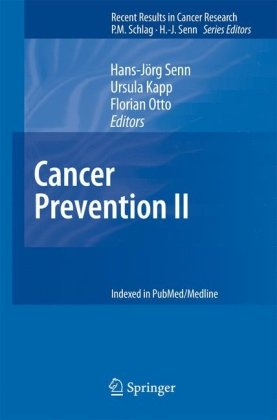

Most ebook files are in PDF format, so you can easily read them using various software such as Foxit Reader or directly on the Google Chrome browser.
Some ebook files are released by publishers in other formats such as .awz, .mobi, .epub, .fb2, etc. You may need to install specific software to read these formats on mobile/PC, such as Calibre.
Please read the tutorial at this link: https://ebookbell.com/faq
We offer FREE conversion to the popular formats you request; however, this may take some time. Therefore, right after payment, please email us, and we will try to provide the service as quickly as possible.
For some exceptional file formats or broken links (if any), please refrain from opening any disputes. Instead, email us first, and we will try to assist within a maximum of 6 hours.
EbookBell Team

4.7
106 reviewsMore than 180 participants and experts from 31 countries met for the fifth time in 10 years in St. Gallen, Switzerland for a 3-day conference to discuss important current issues of clinical cancer prevention. The meeting was again organized and co-sponsored by St. Gallen Oncology Conferences (SONK). While SONK has been extremely successful in organizing large international c- gresses on “Primary Therapy of Early Breast Cancer” as well as “Supportive Care in Cancer” for more than 20 years, the idea of promoting interdisciplinary, clinically oriented meetings on cancer prevention is a more recent and not yet generally accepted and w- comed concept in modern oncology. Since today’s medical expenses are soaring and me- cal research budgets are stagnating or even being cut, neither politicians nor industry is willing to risk an additional unpredictable channel of expenses, such as that demanded by clinical cancer prevention efforts! In Switzerland—and we fear in many other parts of the globe—some 97%–98% or even a greater percentage of health budgets is spent for curative and palliative/rehabilitative m- icine. Since a meager 2%–3% of national health budgets is for preventive medicine, even less than that proportion is specifically allocated for cancer prevention. When the money for “curing and caring” for the diseased populace runs short, there is likely not much left for partly controversial disease prevention in the (still) healthy part of the population.